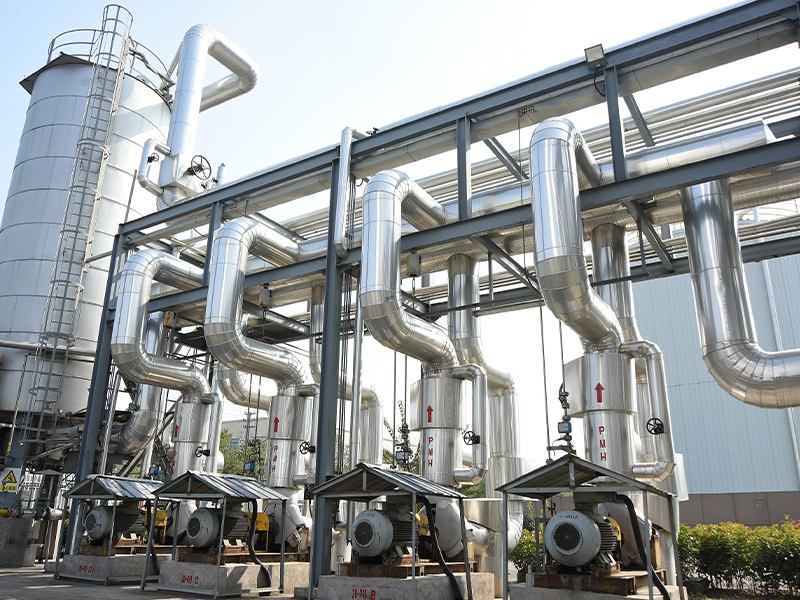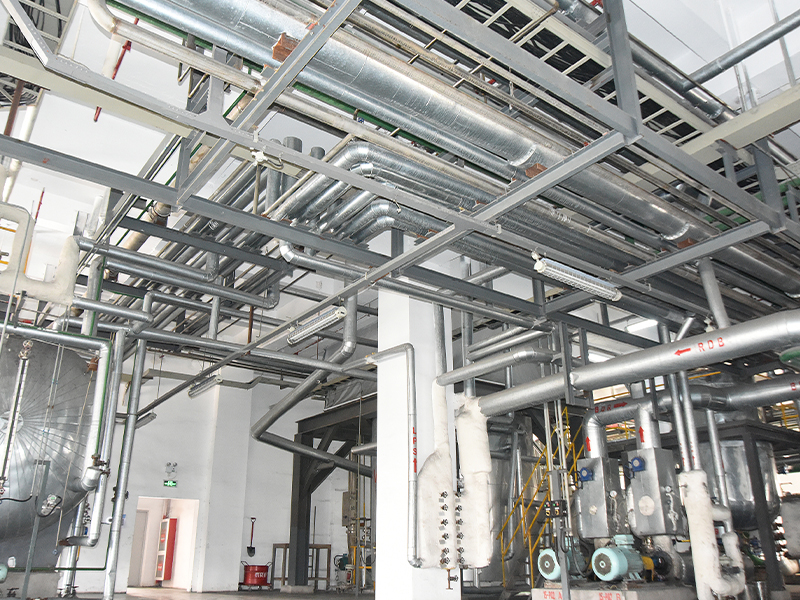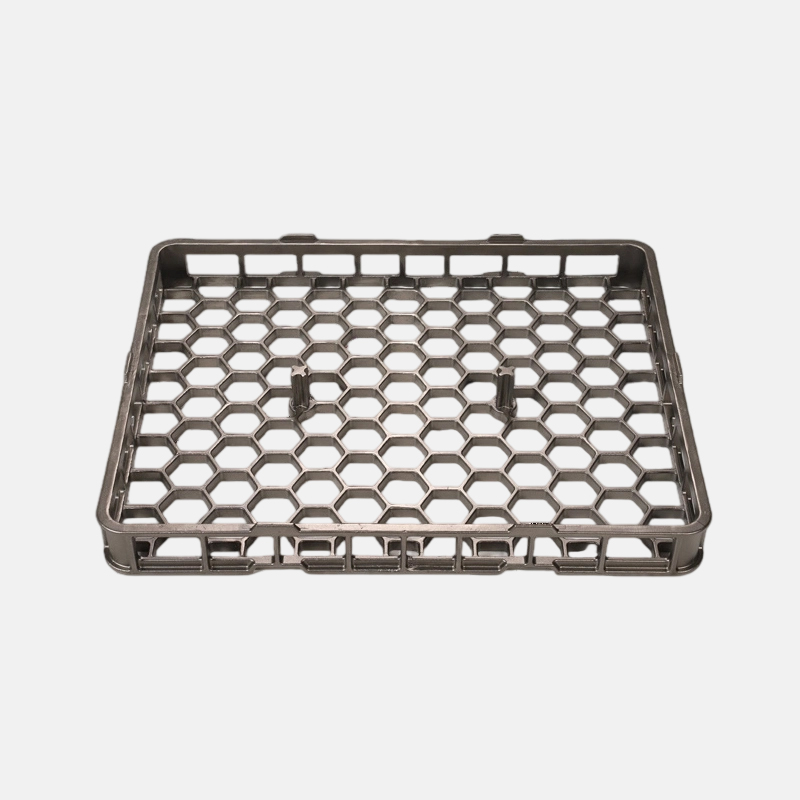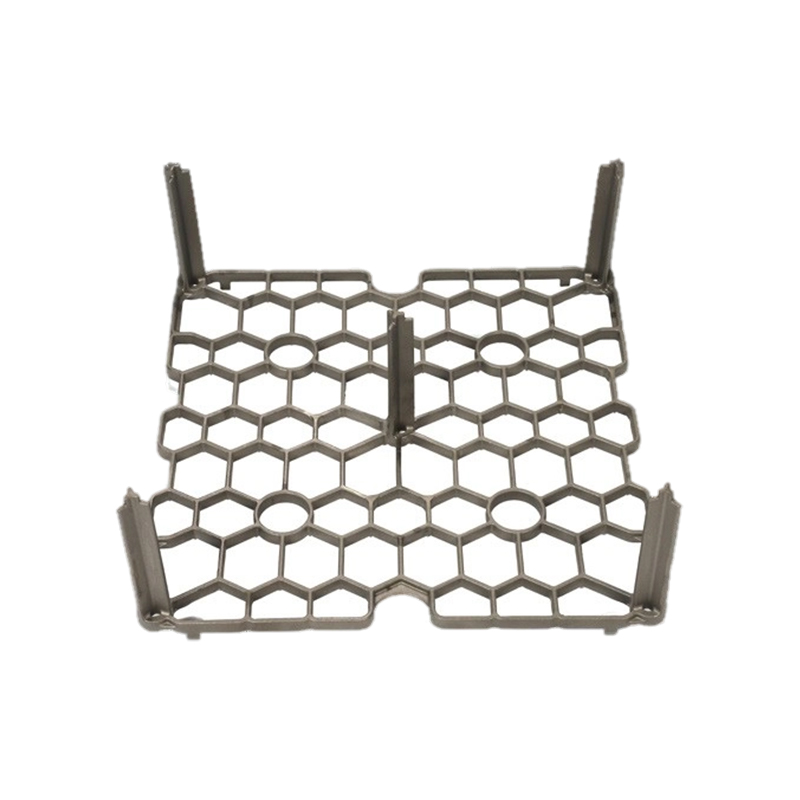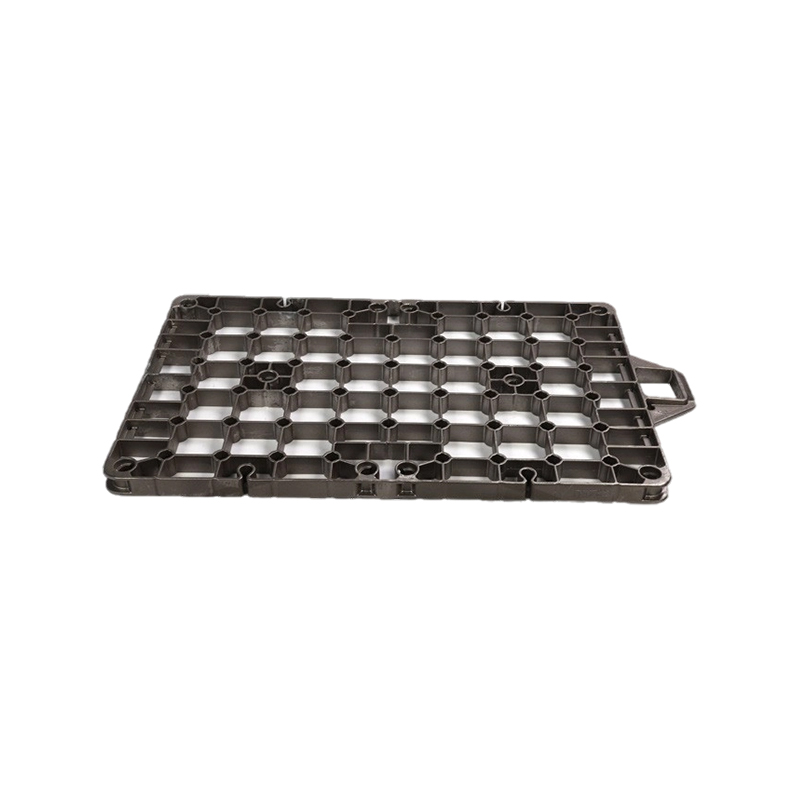Lost Foam Casting (LFC), also known as evaporative pattern casting or full mold casting, is a sophisticated and highly versatile casting process that has carved out a significant niche in modern manufacturing. Unlike traditional methods that use reusable patterns, the Lost Foam Casting process utilizes a single-use, expendable pattern made of foam, which is vaporized by molten metal to form a casting. This unique mechanism allows for the production of complex, high-integrity components with exceptional dimensional accuracy and surface finish.
The Lost Foam Casting Process: A Brief Overview
The Lost Foam Casting process begins with the creation of a pattern from expandable polystyrene (EPS) or similar copolymer foam. This pattern, which is an exact replica of the desired part, is then clustered with a gating system and coated with a refractory ceramic. The coated cluster is placed in a flask and surrounded by unbonded sand. Molten metal is poured into the mold, immediately vaporizing the foam pattern and precisely filling the cavity it leaves behind. Once the metal solidifies and cools, the casting is shaken out from the sand, which is then recycled for future use.
Primary Application Areas of Lost Foam Casting
The unique characteristics of the Lost Foam Casting process make it particularly suitable for several key industrial sectors.
1. Automotive Industry
The automotive sector is the largest adopter of Lost Foam Casting technology. The drive for lighter, more efficient, and complex engine components aligns perfectly with LFC's capabilities.
-
Engine Blocks and Cylinder Heads: LFC allows for the integration of complex water jackets, oil galleries, and mounting points directly into the casting, eliminating the need for many secondary machining operations and core joins that can be potential failure points.
-
Transmission Cases and Differentials: These components often have intricate internal geometries for gears and shafts, which are easily and accurately produced using Lost Foam Casting.
-
Camshafts, Crankshafts, and Brake Components: The process is well-suited for high-volume production of these critical parts, ensuring consistency and reducing overall weight.
2. Aerospace and Defense
The aerospace industry demands components with high strength-to-weight ratios and complex internal structures, often made from specialized alloys.
-
Turbine Housings and Engine Mounts: Lost Foam Casting can produce these large, complex parts from aluminum or magnesium alloys with thin walls and minimal material usage.
-
Defense Hardware: The process is used for various structural and armored components where complexity and integrity are paramount.
3. Industrial Machinery and Pumps
This sector benefits from the ability of Lost Foam Casting to produce large, one-piece components that would otherwise require assembly from multiple parts.
-
Pump Housings and Impellers: The process excels at creating the complex, often curved internal volutes of pumps as a single piece, improving hydraulic efficiency and structural integrity.
-
Valve Bodies: Industrial valves frequently feature intricate internal passageways that are challenging with other methods. LFC can cast these passages directly, reducing leaks and manufacturing costs.
-
Large Machinery Bases and Frames: Lost Foam Casting is economical for low-volume, heavy industrial castings that require dimensional stability.
4. General Manufacturing and Art
Beyond heavy industry, LFC finds applications in diverse areas.
-
Tooling and Jigs: Manufacturers use the process for custom, low-volume fixtures.
-
Sculptural and Architectural Elements: Artists and architects utilize Lost Foam Casting to create intricate metal sculptures and decorative pieces that would be impossible to carve from solid metal.
Lost Foam Casting vs. Traditional Sand Casting: A Comparative Overview
| Feature | Lost Foam Casting (LFC) | Traditional Sand Casting |
|---|---|---|
| Pattern | Expendable foam pattern (single-use) | Reusable wood, metal, or plastic pattern |
| Cores | Rarely needed; complex internal shapes are part of the foam pattern | Requires separate sand cores for internal geometries |
| Draft Angles | Not required on most designs | Essential for pattern removal from mold |
| Part Complexity | Excellent for highly complex parts with hidden features | Limited by core assembly and draft requirements |
| Surface Finish | Superior (typically 125 - 250 µin) | Rougher (typically 300 - 600 µin) |
| Dimensional Accuracy | High (± 0.005 in/in is achievable) | Lower (± 0.015 in/in or more) |
| Post-Casting Machining | Significantly reduced | Often requires extensive machining |
| Sand Handling | Uses unbonded, recyclable sand | Uses chemically bonded or green sand, more waste |
| Optimal Production Volume | Medium to High Volume | All volumes (especially low to medium) |
Advantages of Lost Foam Casting:
-
Design Freedom: Exceptional for complex geometries, undercuts, and internal passages.
-
Precision and Finish: Delivers near-net-shape castings with excellent surface quality.
-
Consolidation: Multiple parts can be cast as a single component, reducing assembly.
-
Efficiency: No core making, minimal draft, and recyclable sand reduce labor and waste.
Limitations of Lost Foam Casting:
-
Pattern Cost: High initial cost for pattern tooling, making it less economical for very low volumes.
-
Pattern Handling: Foam patterns are fragile and can be easily damaged.
-
Process Control: Requires strict control over pattern density, coating permeability, and pouring parameters to avoid defects like carbon inclusion.
-
Material Restrictions: Best suited for metals that pour at temperatures that cleanly vaporize the foam (e.g., aluminum, iron, steel). Not ideal for all alloys.
Frequently Asked Questions (FAQ)
Q: Can Lost Foam Casting be used for high-volume production?
A: Yes, it is highly efficient for high-volume runs. Once the die for creating the foam patterns is manufactured, patterns can be produced very quickly and consistently, making the process ideal for industries like automotive.
Q: What types of metals can be cast using the Lost Foam process?
A: Lost Foam Casting is most commonly used with cast iron, aluminum alloys, and various steels. It can also be used with copper alloys and stainless steels, though process parameters must be carefully controlled.
Q: How does the environmental impact of LFC compare to other methods?
A: LFC is generally considered environmentally friendly. It uses unbonded sand, which is 99.8% recyclable. It generates no chemical binder fumes associated with traditional sand casting. The primary waste stream is the vaporized foam pattern.
Q: Is secondary machining required on parts made by Lost Foam Casting?
A: While Lost Foam Casting significantly reduces the amount of machining needed (near-net-shape), most critical surfaces still require light machining to meet final dimensional tolerances and surface finish specifications. However, it eliminates much of the rough machining required by other processes.
Lost Foam Casting is a mature and technologically advanced process that offers distinct advantages for manufacturing complex, near-net-shape metal components. Its dominance in the automotive industry and its growing adoption in aerospace, heavy machinery, and other sectors underscore its value in reducing weight, consolidating parts, and improving manufacturing efficiency. While the initial investment in pattern tooling can be significant, the benefits in design flexibility, reduced machining, and overall part performance make Lost Foam Casting a compelling choice for appropriate medium-to-high-volume applications.
 English
English русский
русский Español
Español عربى
عربى
